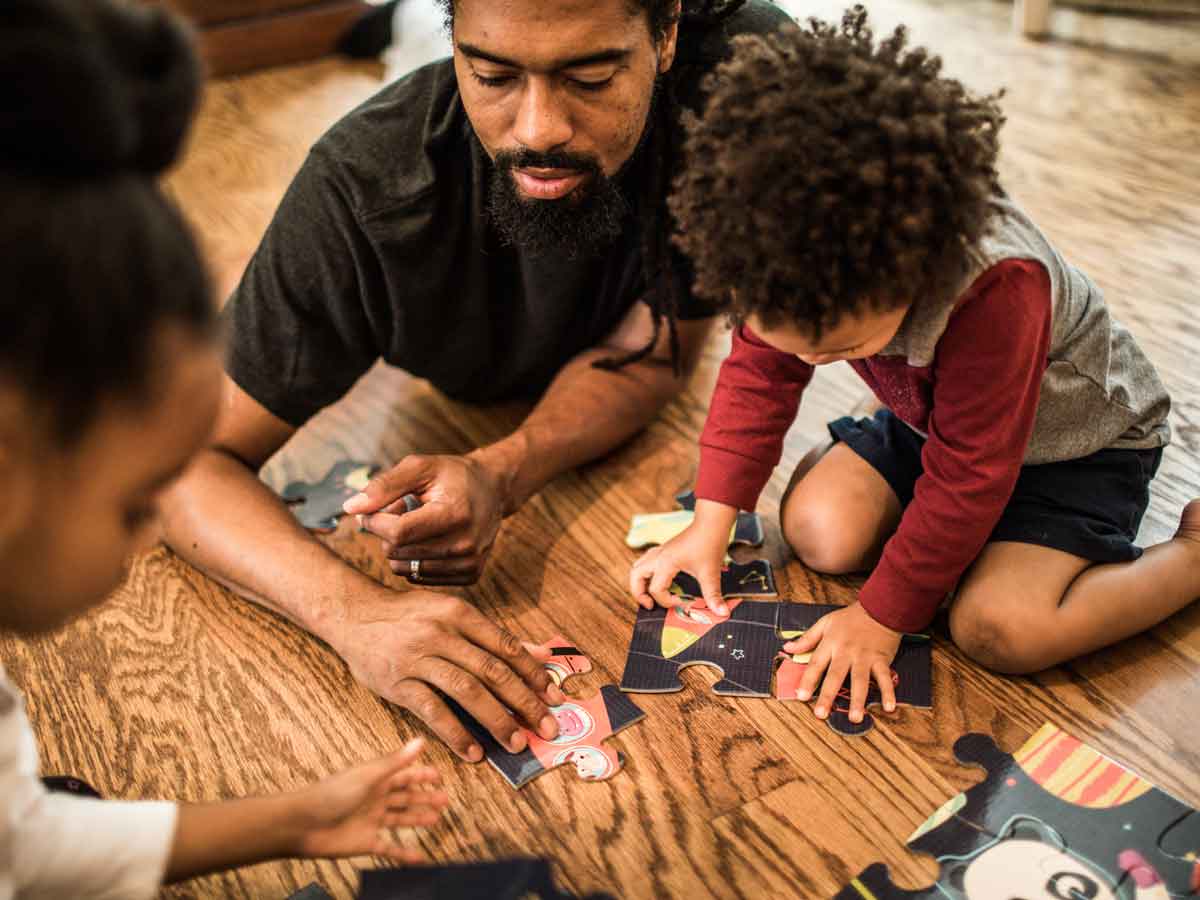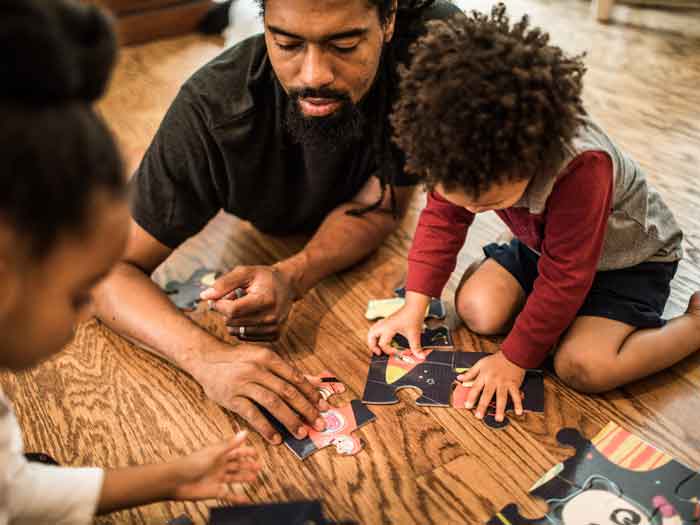
Home-schooling your kids during COVID-19: Find the right fit for your family
 Tactile activities, such as board games and puzzles, are just as valuable as textbooks when home-schooling your kids, plus you get some quality family time too (Getty Images/MoMo Productions)
Tactile activities, such as board games and puzzles, are just as valuable as textbooks when home-schooling your kids, plus you get some quality family time too (Getty Images/MoMo Productions)
With school closures extended due to the COVID-19 pandemic, home-schooling is a reality Canadian parents are facing for the longer term.
But getting your kids to complete schoolwork may feel like a tug of war match over a classroom lesson.
Here are a few pointers on how to facilitate home-schooling and get your kids on board.
1) ADJUST EXPECTATIONS
Accept that you are not going to “morph into” a teacher overnight, advises parenting expert and family therapist Jennifer Kolari, founder of Connected Parenting.
“We have to be realistic with ourselves at this time,” says Kolari. “The pandemic is a frightening thing … but there are some [positive] things: Families are slowing down…They are having dinner together. They are connecting. There is this simplicity that is happening, that everyone is feeling.”
Now adjust your expectations. Make a basic plan for the day—get kids up, fed and dressed like normal, with daily activities—but don’t expect to replicate a school environment, recommends Lisa Marie Fletcher, founder of the Canadian Homeschooler.
“Do not expect that your kids will be able to sit at a desk for several hours,” she says. “Find ways to make learning exciting and they will be eager to participate.”
2) SET A LOOSE SCHEDULE
Swap a rigid timetable for a “wish list” of accomplishments, says Kate Winn, teacher and parenting writer at This Mom Loves. “A to-do list with time flexibility can be more valuable than a schedule with times attached, especially if the times are stressing out the kids or the parents,” she says.
When blocking out time, focus on 30 minutes of intentional learning with lots of play for kids in kindergarten and grade 1, gear up to two hours for those in middle school, and understand that time needed for those in high school will vary dependent on course load and credit requirements, Fletcher says.
“Knowing that it’s intentional time for learning in the morning and free time in the afternoon helps,” she says. “It will vary based on what you are working on, how they are understanding things.”
Having the schedule posted on the wall helps children with transitions, adds Kolari. “This avoids what I call ‘pyjama fever’,” she says. “Kids get crazy when they don’t know what they are doing next.”
Don’t shy away from the promise of rewards, snacks and physical activity to keep kids engaged and refuelled, advises Winn. “We all need a little outside motivation at times. Frame it as ‘work earns breaks.’”
3) JUGGLE THE ACT
With one, or both, parents working from home, maintaining a schedule is more challenging. Think about your work demands and how you can divide and conquer household duties, while incorporating time with the kids, learning, playing or going outdoors, says Winn.
Divvying up responsibilities between parents can be a source of tension under normal circumstances. This is where clear communication and establishing expectations comes in, adds Fletcher. “It can be hard to be together all day, every day, especially if you aren’t used to it,” she says. “Talk to each other about what you can all do in this unique situation.”
Some practical suggestions include:
- Designate a separate, private space—even if shared and used at alternate times—for both parents to work.
- Trade-off home-school assistance based on strongest skill sets. “The stronger mathematician helps with the math work, the writer with the language,” says Winn.
- Avoid criticizing the one taking on more of the parenting/education. “[Comments such as] ‘Shouldn’t they be doing more math?’ or ‘Why are they watching TV again?’ are not helpful,” says Winn.
4) USE SUPPORT SYSTEMS
The number of home-schooling resources out there is overwhelming, says Fletcher. Find a balance, she recommends, taking into consideration what your kids want and need to learn using a mix of online tools and hands-on activities. Remember, baking and board games facilitate learning, too. “Start with ‘what do we want to learn?’” she says. “If you have that plan in place, then you can figure out which resources to use.”
Look for direction from teachers (check with your school board and province for updated support efforts), adds Winn, with assignments, activities and online resource suggestions. “‘[Your teacher] says you need to do this’ can help when kids don’t respond as well to their parents’ wishes,” she says.
If your children are wide apart in age, carve out a separate space, or time (during naps), for the older child to complete work. Older siblings can help younger ones learn by reading to them or doing an activity together. Remember, it’s OK for children to work and play independently.
“Build up their confidence … children like to know they have a role,” says Kolari. “Give them jobs. Let them plan things. Let them do something by themselves.”
And, remember, kids will eventually go back to the classroom.
“Teachers everywhere are going to be prepared for some gaps and catch-up … parents shouldn’t feel pressured to fill that gap on their own,” says Winn.
MORE COVID-19 UPDATES
If you’re working from home during the COVID-19 pandemic, here is how to stay productive and successfully lead your team while working remotely. Heed these tips to help manage your personal finances, and, as a small business owner, survive the pandemic.
In addition, stay up-to-date with the latest news related to the accounting profession, including a compilation of external resources and online news articles.